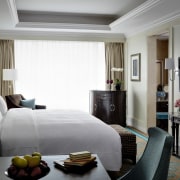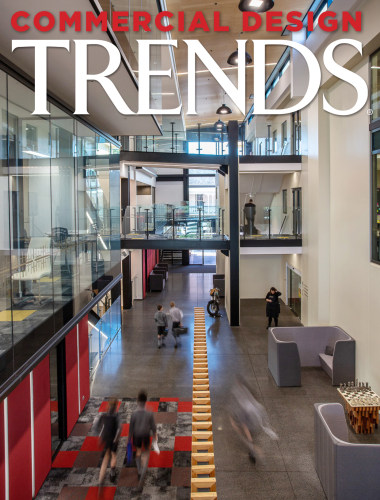How do you design a hotel to successfully meet all the requirements of investor, operator and guests?
Aedas Interiors executive director Greg Farrell – project designer on Auckland’s M Social – gives a designer and frequent guest perspective

For an owner, a hotel is an investment – it’s a very commercial property. As much as it’s about theatre and drama and all those wonderful things, at the end of the day you should always come back to the financial viability of the model you’re looking at.
There are two types of owners in my experience. There’s the owner who’s an investment owner, who is looking at the building as just an investment and perhaps a quicker ROI. And then there’s more of an owner-operator where ROI may not be quite as fast because they’re a true hotelier.
Obviously setting your budget very early helps determine financial viability – looking at the market you’re going into, understanding what you want to achieve in your returns.
In terms of the vision for a particular hotel, positioning is a very, very important consideration.
Is it in a prime location and therefore looking to be a more luxury type property and a higher end brand, which then starts to reinforce the design?
Or is it not such a great location, so you’re aiming for something that’s more lifestyle and quirky that would entice guests to stay there.
Looking at the competition that’s already in the market when you come into a city helps determine how an owner may position a new property. And that may align you with a particular operator, which then may align you with a particular architect or designer as well.
Lifestyle brands
M Social is a new lifestyle brand that is part of Millennium Copthorne’s stable of hotel operations. Chairman Kwek Leng Beng wanted to create a new lifestyle brand targeting global nomads – millennials and people with a different mindset looking to be more socially engaged when they travel.
This particular property was a refurbishment of a building that had been through many lives. For this emerging brand, it’s in a fantastic location, right on the edge of the wonderful vibrancy of Auckland’s Viaduct area.
In international terms, I’d consider M Social is a low end five star. But these days people are using different terms – they’re talking about lifestyle, they’re talking about mid-scale/upscale/luxury.
M Social is very much about lifestyle, about creating something that’s a little bit different. It’s light, it’s vibrant, it’s engaging – that was the core fundamental behind the brand.
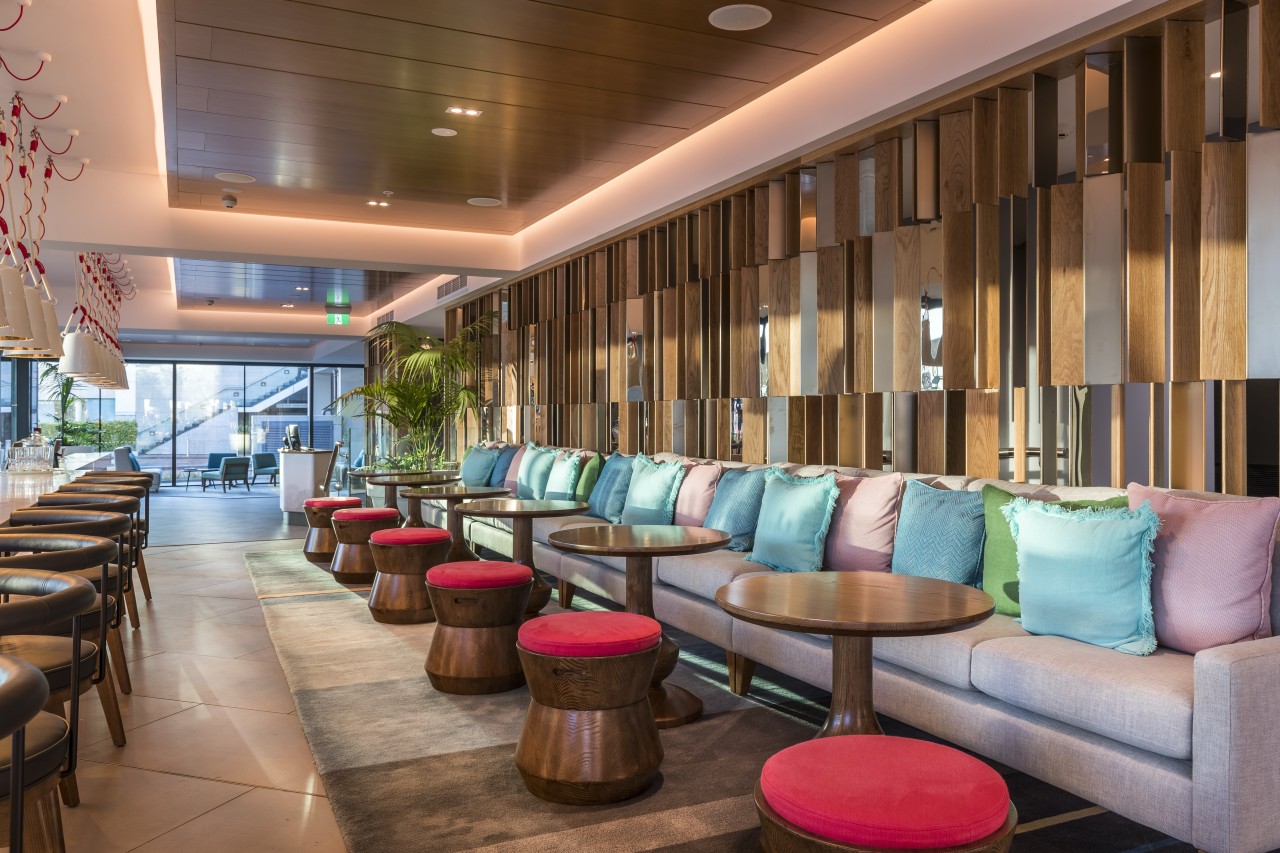
Room planning
As interior designers we think about the real human scale of hotels, and about how people interact ergonomically within the rooms. We think about how to create a sense of space within the room, especially in a small room.
I often ask the question when we start a new project, how many ways can you try and redesign the box, which is fundamentally what you’ve got?
At this end of the market, creating a sense of space is hugely important. Which is why we look at ways in which we can open bathrooms up.
And we create bathrooms that can open and close, so they can be private if, say, you have a twin room. But if you’re a single guest, whether for business or for leisure, and you’re in a room with a spectacular view, you want to be able to stand in the shower and enjoy the view.
We can also take a lead from some of the smaller properties in Europe, where they’re not creating enclosed wardrobes but have hanging areas. People don’t mind as long as they’ve got the space.
At the luxury end of the scale, one of the things we look for is multiple ways of moving around the room. Everybody is individual in their habits, so in a luxury room you can create multiple ways you can walk from the dressing area to the bedroom to the bathroom, and not have dead ends.
The guest experience
Other fundamentals that are hugely important to me as a hotel designer are things like lighting – where you switch lights on and off, and where they are positioned so, for example, reading lights don’t glare down on your face.
These are things you don’t think about unless you’ve stayed in a lot of hotels – and I spend anything between a 150 and 200 nights a year in a hotel room. They’re things that don’t contribute to the overall ambience, but do contribute to the guest experience, so people come away and feel that it was just effortless staying in a particular room.
All the little things become hugely important to the guest experience before you even start thinking about what it’s going to look like.
I often say, when you’re searching for a hotel, how much time do you spend looking at the architecture as opposed to looking at photographs of the room. And after your stay, you may not be able to describe the architecture in detail, but I guarantee you’ll be able to pick up on all the things in the room that were wrong.

Business v leisure
I’ve been saying for a long time that business and leisure are merging. And these days with devices and the way we live our lives, they are getting even closer.
I’ll stay at a resort but I travel with my iPad and I’ll sit by the pool and – if I’m allowed to – I’ll read my emails. So providing connectivity and integrating technology in a seamless way has been one of the key challenges for design for the past 15 years.
Then, for example, you don’t necessarily need a desk in a room any more. You might have a dining table that doubles as a desk. That’s nicer – if you’re travelling together as couple, you might want to dine together in the room.
And is a business centre required? They’re typically non-revenue generating – so should you give that space to something that’s more revenue generating? Because people can now do business just sitting in the lobby.
Which comes back to the premise of M Social – people multi-use the public spaces like the F&B areas. They don’t just dine there. Those spaces are merging to become combined functional spaces.
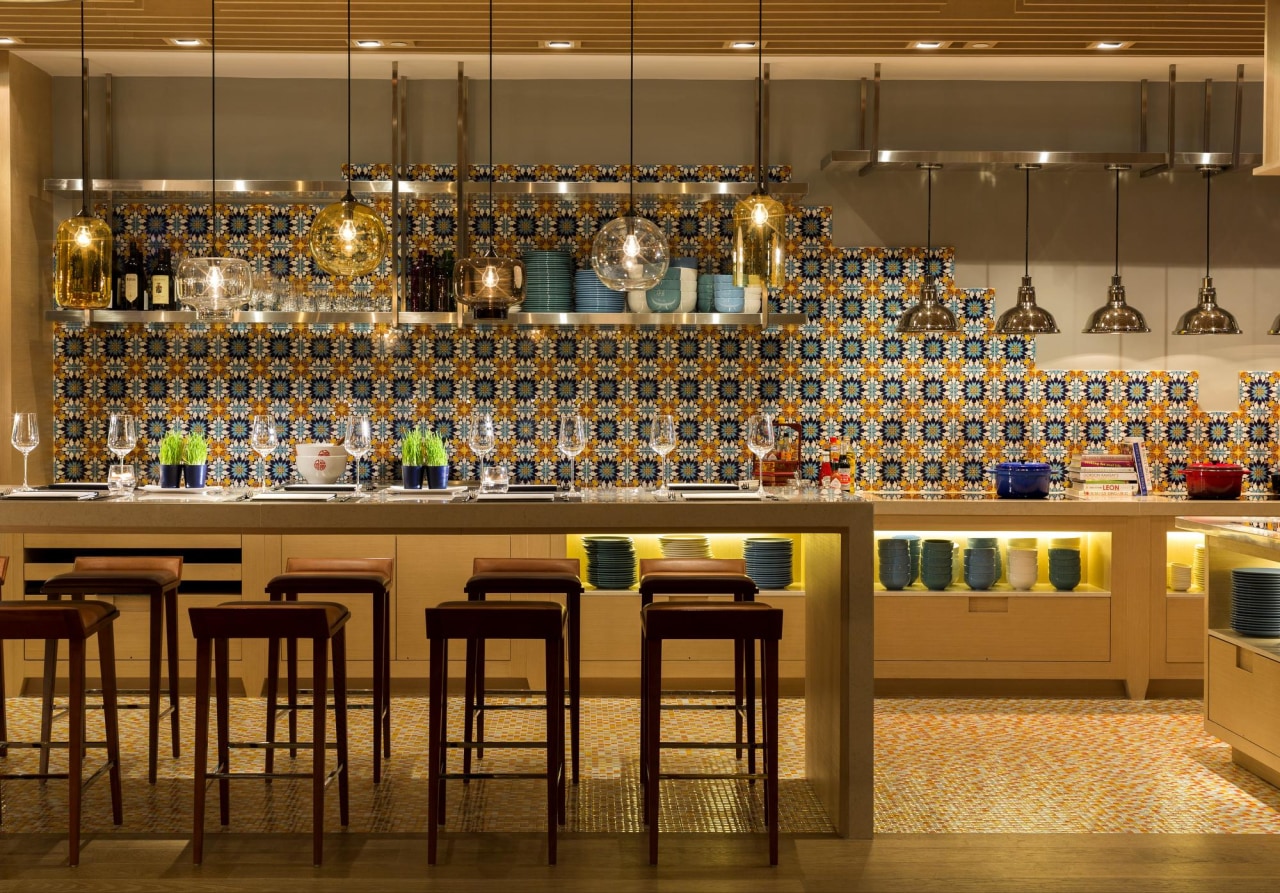
A sense of place
The familiarity you want when you stay at a hotel comes back to the ergonomics. So people are not having to re-learn a hotel each time they check in.
Then creating something that’s different and unique comes back to that sense of place. There’s nothing worse than getting on a plane and travelling for 12 hours and then checking into a hotel that looks exactly the same as the one in the city you’ve just left.
So creating a sense of place is one of the things we really focus on – understanding culture, understanding the arts, understanding the location in which the hotel is being placed.
For M Social, I knew this hotel building from my growing up here in Auckland, so it was about trying to create a reference back to the 1970s, to the house I grew up in. The selection of the woods, for example, some of the chairs and furniture – that’s one part of it.
Also the fact that it’s on the waterfront meant there had to be a nautical aspect to it, there had to be a reference to the City of Sails.
And then there are certain elements in the design, that depending how you look at them, can look like little kiwi feet or they can look like the masts and the rigging you see around here. We leave that up to the guest to interpret what they see.
Responding like this creates something unique. It’s hugely important in hotel design, and that avoids, hopefully, the cookie cutter hotel design.
The brand story
The layering of the brand story on top comes in the way the hotel operates. We keep talking about buildings, but we’re also talking about bringing hospitality and humanity back into hotels.
What we do is create stage sets. It’s all about theatre and drama. Within the set, are the actors – either rehearsed or impromptu. And that’s the staff.
So a lot of the brand messaging, a lot of the brand DNA, comes from the human aspect and that’s the familiarity you start to see. Because then the building itself, the physical stage set, takes on the sense of place and location, but would also hark back to what the brand DNA is as well.
So at M Social, it’s a far more casual staff uniform. The language they’re creating is different. There are wonderful little things they’re creating that will make you feel comfortable and that will become the DNA of the brand as it grows around the world.
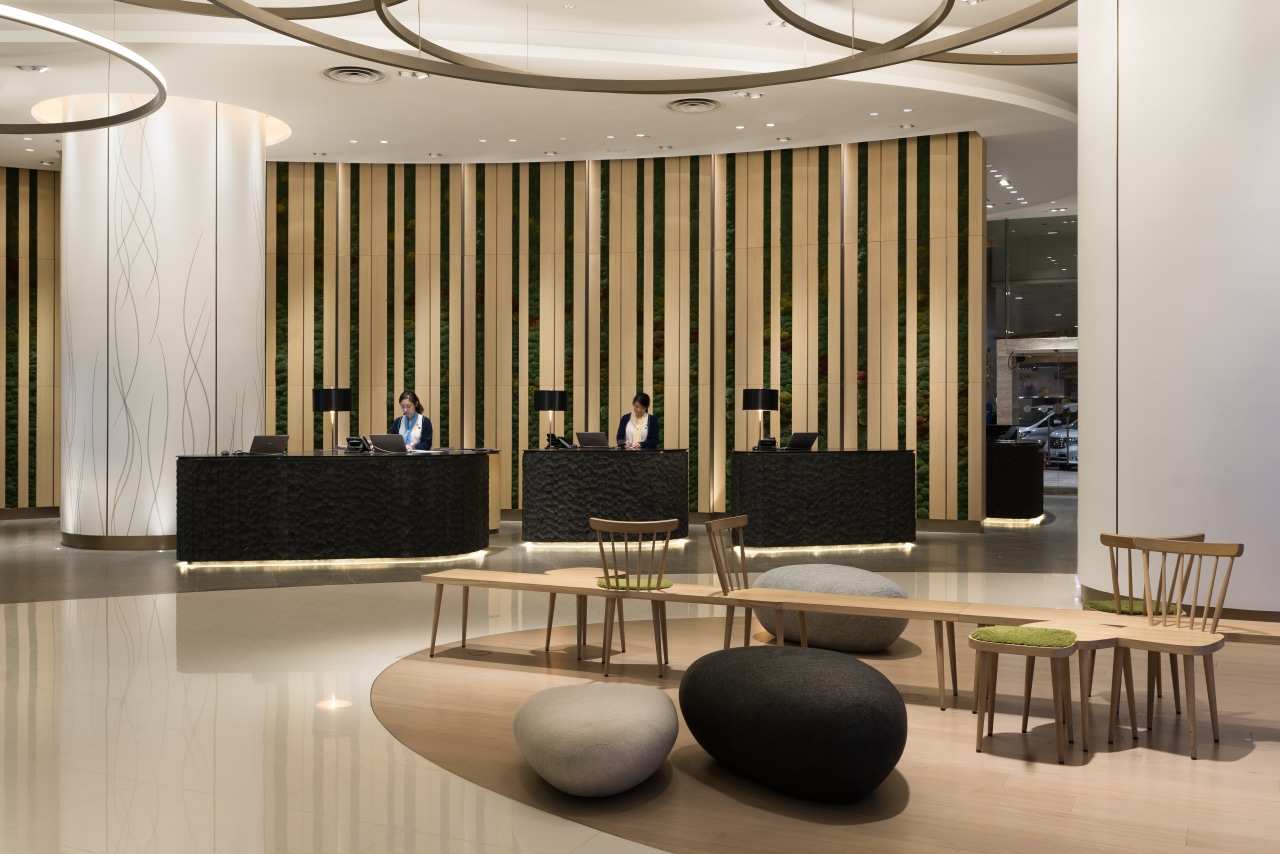
The future
The key thing about hotels is being timeless. That doesn’t mean being classic and traditional. It can be timeless in a modern way.
Having a design that is timeless gets you around the fact that you’re designing something that may not be completed for four or five years.
From an aesthetic point of view, we’re really crystalballing. And it’s changing much quicker.
Technology is one of the big things we need to be mindful of.
A good example is ballrooms, meeting rooms and function rooms. We’re looking at spaces that are adaptable and changeable, and using lighting and technology to be able to change those rooms. Everyone who comes in and wants one of those spaces wants something different.
I’m not seeing any 3-D printed furniture of any description, but we’re starting look out for that – it could possible go down that way.
There’s also the way you construct rooms – how rooms can be made somewhere else and brought in and put together in a very very fast way.
So I don’t necessarily see changes coming in aesthetics, because we’re always seeing changes in aesthetics coming from establishing a sense of place, or from the operator and so forth.
Perhaps the change will come from the way rooms are constructed, and the technology that’s going into them. These will be the changes that really affect the business.
What influences design is time, money, budget. If you can build something in a very efficient way, creating these wonderful theatres and stage sets in a way that‘s very fast and efficient, and getting them to the market quicker, that’s got to be good for the owner.
Also, designing different food & beverage experiences.
Some properties now are not necessarily including three restaurants, unless they’re required for star rating. They’re only putting in one restaurant – an adaptable three-meal restaurant. They’re not designed just for the guests either, but for the wider community.
To make it work, it’s a combination of the environment, the staff and the food. Those things have to go together.
But designing a three-meal restaurant is a real challenge. It comes back to the flexibility and adaptability and how you can change the look and feel of the space through the different times of the day.
Story by: Greg Farrell, Aedas Interiors executive director
Home kitchen bathroom commercial design
Commercial Design Trends Vol. 34/2C
Whether you’re travelling for work or pleasure, your hotel experience can either make or break your trip. Our market rep...
Read More









